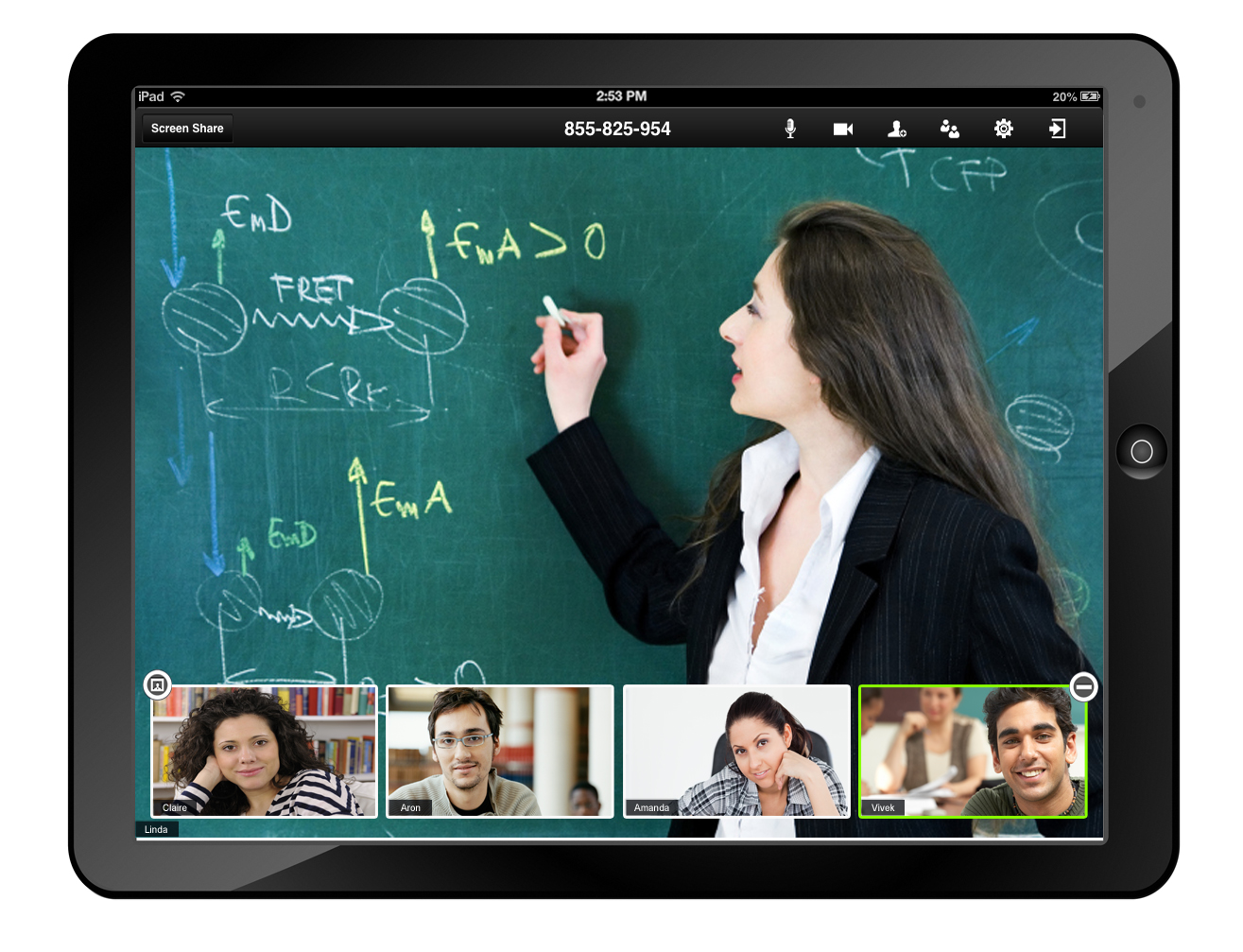There are many tools available on the Internet that allow students to communicate globally. Social media tools such as Facebook, Myspace and Twitter are the most frequently used ways to communicate globally, but may not be appropriate for all schools. But there are many other tools that are being used in schools to foster global communication and collaboration.
Communication tools:
The usual tools, Google Drive, Wikis, blogs are great vehicles for collaborating and connecting. Quadblogging is a program that combines 4 classes who rotate weekly to comment on one class blog out of the four. Here is a video that explains Quadblogging by the creator of the program.
Collaboration tools:
Educlipper allows users to share webclips, documents, and photos to a board environment, similar to Pinterest.
Titanpad is a text based collaboration tool that allows synchronous editing of the typing pad to create a joint document. It color codes each user's input.
Padlet, and Lino-it and RealtimeBoard are brainstorming and
organizational tools that use sticky notes to share ideas and create bulletin
boards. RealTime board can also be used to present ideas one note at a time
(similar to a Prezi presentation). Also, Google Keep, which I just read about!
Writeabout.com allows users to create a post from a suggested
idea or from scratch and publish posts and get comments publicly, privately or
within specific groups including audio comments.
Video Communication
tools:
Google Hangouts is a
free Google app that allows multiple users to establish a video conference call with multiple contacts.
Skype for education is free for
teachers. Sign up for a Skype account and connect to other classrooms for a
video conference. There are many educational projects on the site, including Mystery Skype in which 2 classrooms try to guess where the other is from using a question and answer format while simultaneously conferring with atlases and online map tools.
Ustream Free with ads which may not be school friendly
(Mazza, 2012). It costs $99/mo to
$999/mo for ad free subscription.
My live district offers secure streaming for education events
& flipped videos with no ads. Subscription
cost is $149/month and you will also need a Streaming Device It can be purchase or rented for $50/mo.
Podcasting is another option for sharing communications. Audioboom is one Web 2.0 app that accomplishes this, but there are several.
Messaging:
Edmodo is a safe environment that allows the teacher to post discussion topics, conduct polls, and collaborate with other teachers/classes and it is free.
Twitter is a free social
microblogging site that limits posts to 140 characters
- Group Tweet – Is an app that works with Twitter calling students to post to a group Twitter account and follow the conversation without searching for hashtags or following every student. It includes a teacher dashboard to control posts and users allowed to access account. Free for up to 3 users, $15/mo for a class of 30.
Remind, previously
Remind101, is a free app that allows the teacher to set up a class account and give
out a class code which users can use to connect to the class account
anonymously on any device.
Wall.fm looks like an interesting site,
but it is not free. It allows teachers to create a secure website with membership only walled garden environment that includes a message forum and more.
Other tools for sharing messages and conversations:
- Google Groups
- Yahoo groups
- Google Plus
Chats:
Teachers can create a
chat using a blog post and students respond in the comments.
Google Docs comments can
be real time or asynchronous.
Voice Thread allows both real time and asynchronous chats, using text or voice recordings. Can be based around a single slide or a presentation, comments can be left on each page.
Social bookmarking is another way to share information for collaborating with global peers. Here are some social bookmarking sites that allow sharing of web pages, notes, documents, photos, etc.
- Learnist - another Pinterest like site
- Educlipper which was discussed above
- Evernote a bookmarking site that also saves documents or notes and is synced across all devices
- Diigo another bookmarking site
Virtual Worlds and Communities: Second Life, Minecraft, Scratch
Students can brainstorm solutions to challenges as well as test them within a virtual world. High technical requirements for computer systems and to learn to control avatars exist for virtual worlds. (Harris and Rae, 2009). They can also learn to share, remix and give credit to sources while learning from each other using Scratch, a program that teaches programming lingo and computational thinking.
Other tools that may be necessary:
- Java allows access to Java based sites
- High speed Broadband, especially for video and audio streaming
- Wifi if using tablets or Chromebooks






